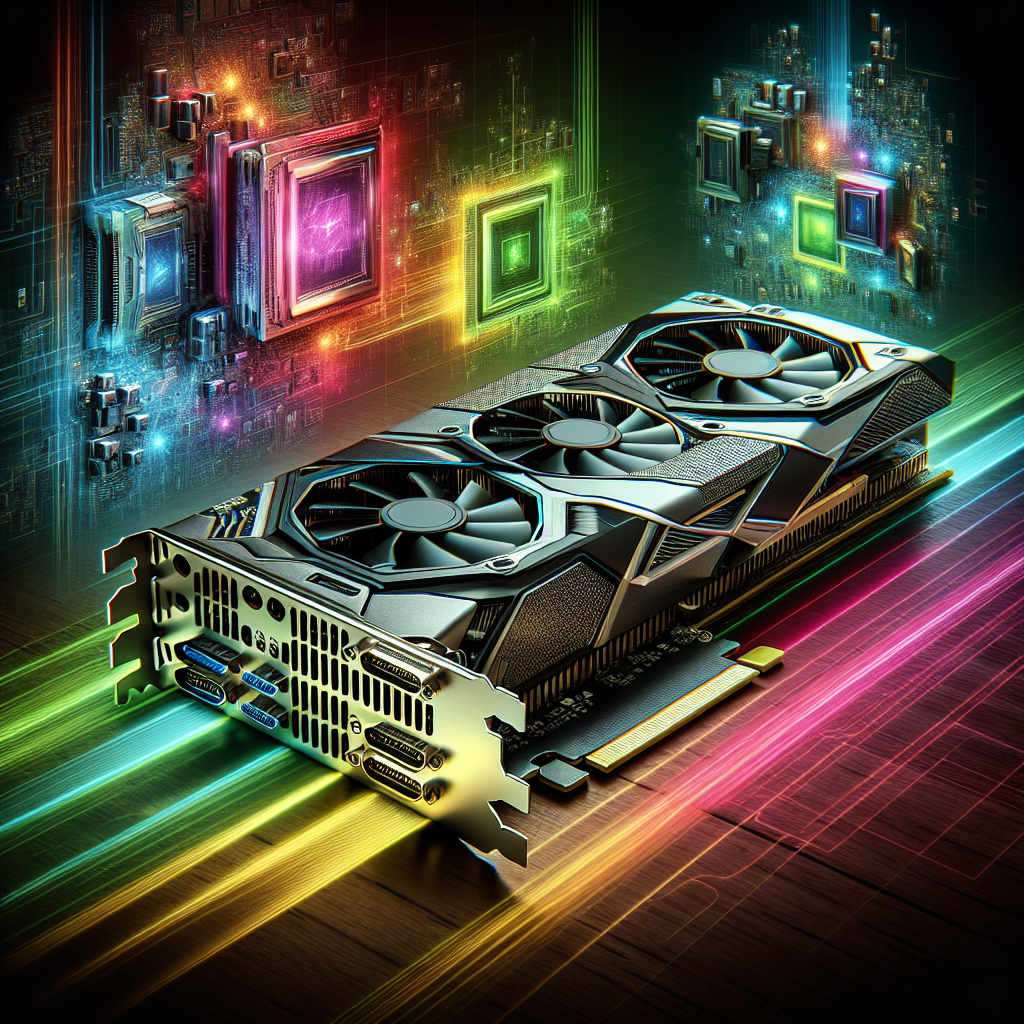Quadro RTX: The Future of Real-Time Ray Tracing Technology
Real-time ray tracing technology has long been the holy grail of the gaming industry. The ability to render lifelike graphics in real-time has been a dream for gamers and developers alike. With the introduction of NVIDIA’s Quadro RTX series, that dream is now a reality.
The Quadro RTX series is the first line of GPUs to fully support real-time ray tracing technology. Ray tracing is a rendering technique that simulates the way light interacts with objects in a scene, creating incredibly realistic lighting effects. This technology has been used in movies and other forms of media for years, but has always been too computationally intensive for real-time applications.
With the Quadro RTX series, NVIDIA has brought real-time ray tracing to the gaming world. This means that games can now achieve cinematic-quality graphics in real-time, with lifelike reflections, shadows, and lighting effects. This opens up a whole new world of possibilities for game developers, allowing them to create truly immersive and visually stunning experiences for players.
But the Quadro RTX series isn’t just for gamers. It also has applications in industries such as architecture, engineering, and design. Real-time ray tracing allows these professionals to create photorealistic renderings of their projects, giving them a better understanding of how their designs will look in the real world. This can save time and money by allowing for quicker iterations and more accurate representations of their work.
In addition to real-time ray tracing, the Quadro RTX series also features AI-enhanced graphics capabilities. This allows for even more realistic and immersive experiences, as the GPU can intelligently enhance and optimize graphics in real-time. This opens up even more possibilities for developers and designers, allowing them to push the boundaries of what is possible in terms of visual fidelity.
Overall, the Quadro RTX series represents a major leap forward in real-time ray tracing technology. With its support for this groundbreaking technology, NVIDIA has opened up new possibilities for gamers, developers, and professionals alike. The future of real-time ray tracing is here, and it looks brighter than ever.


